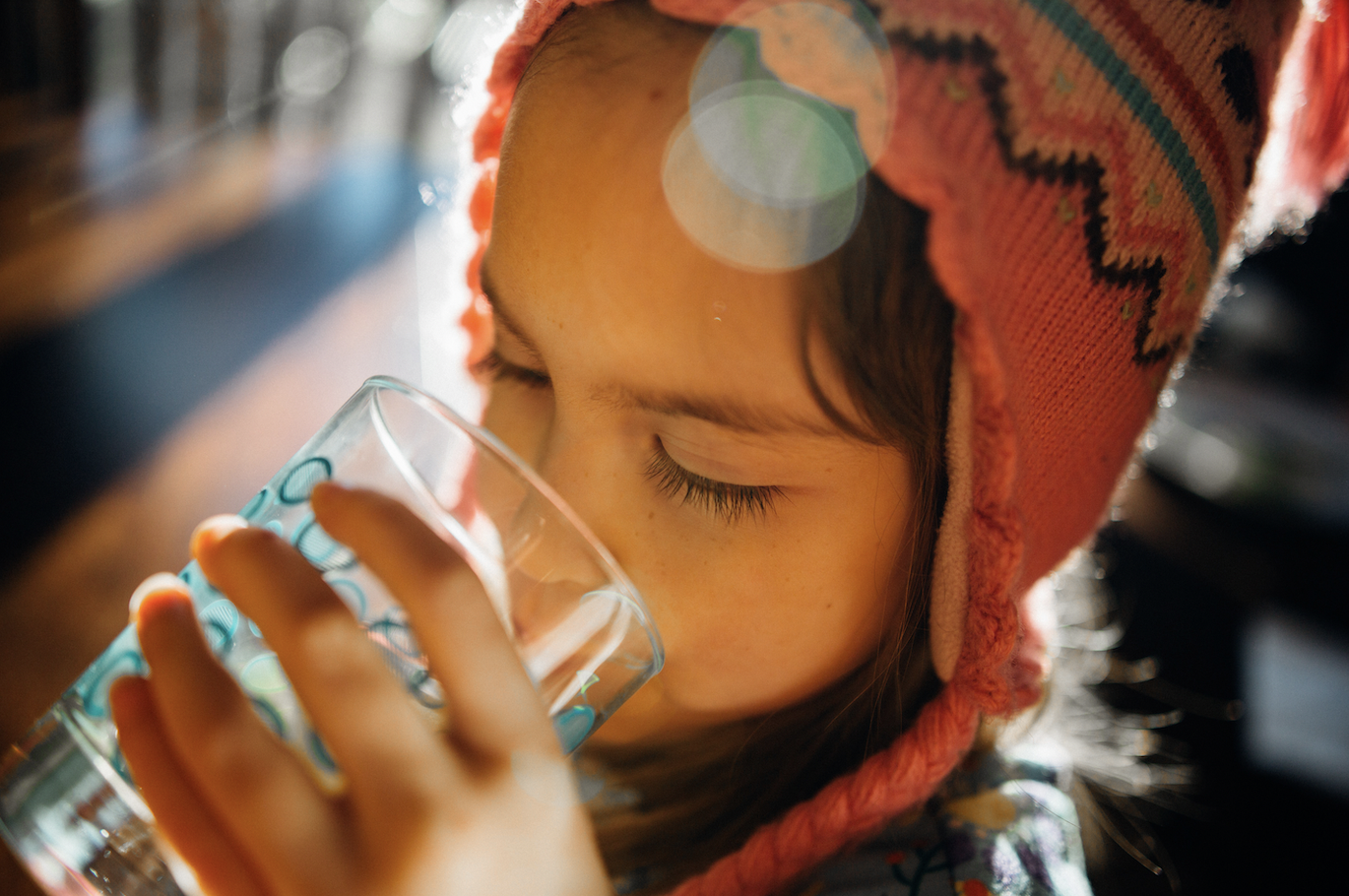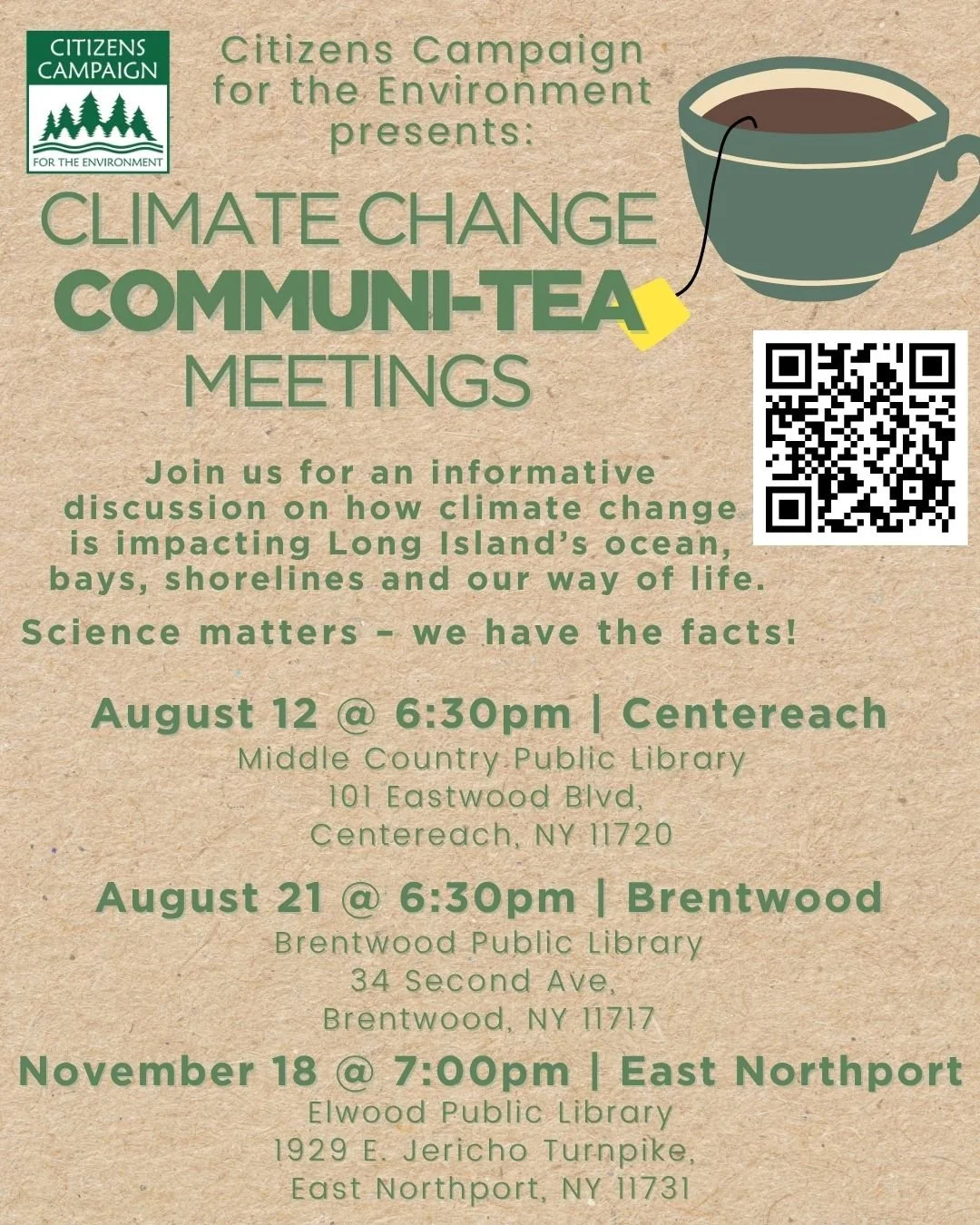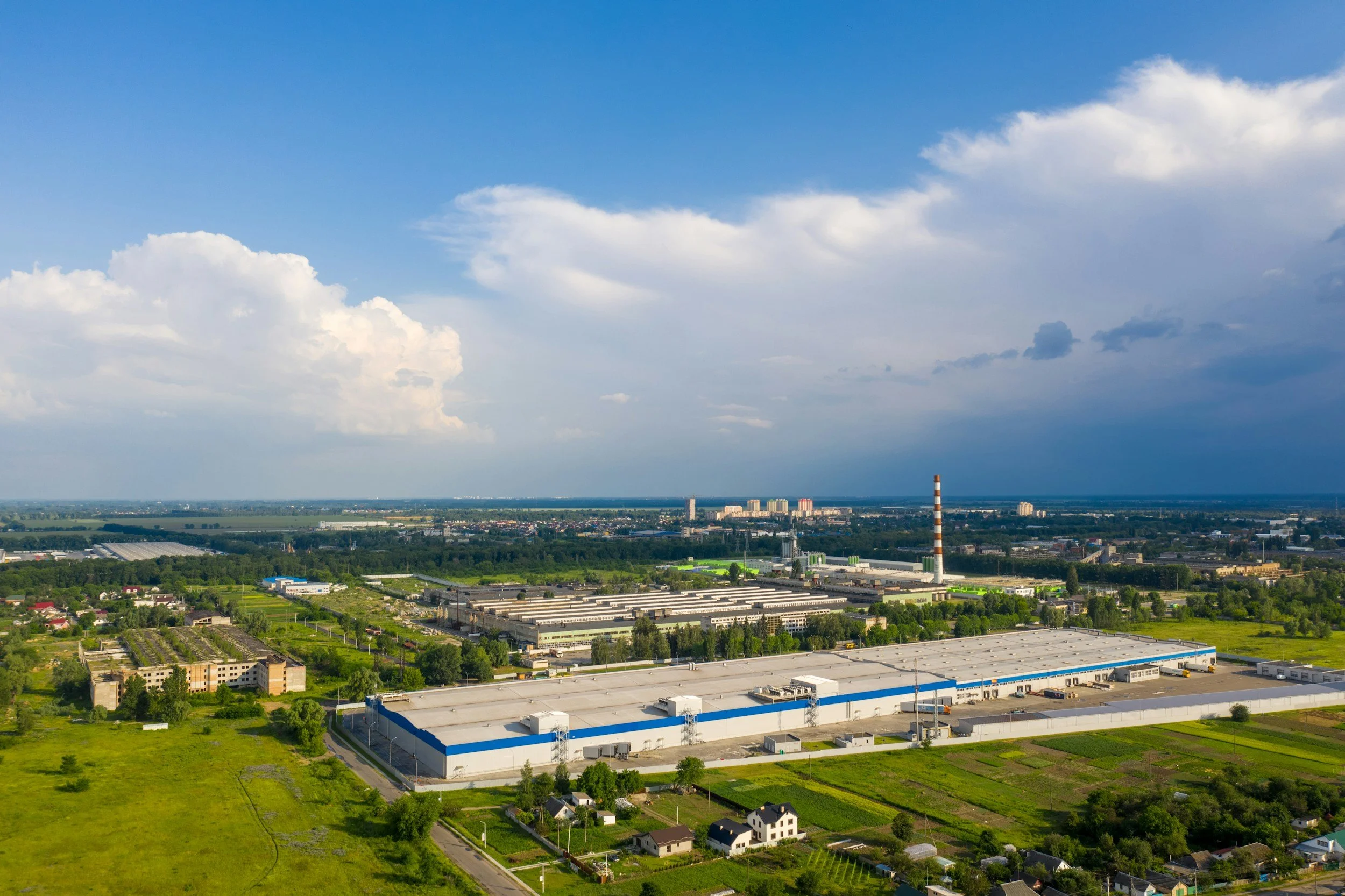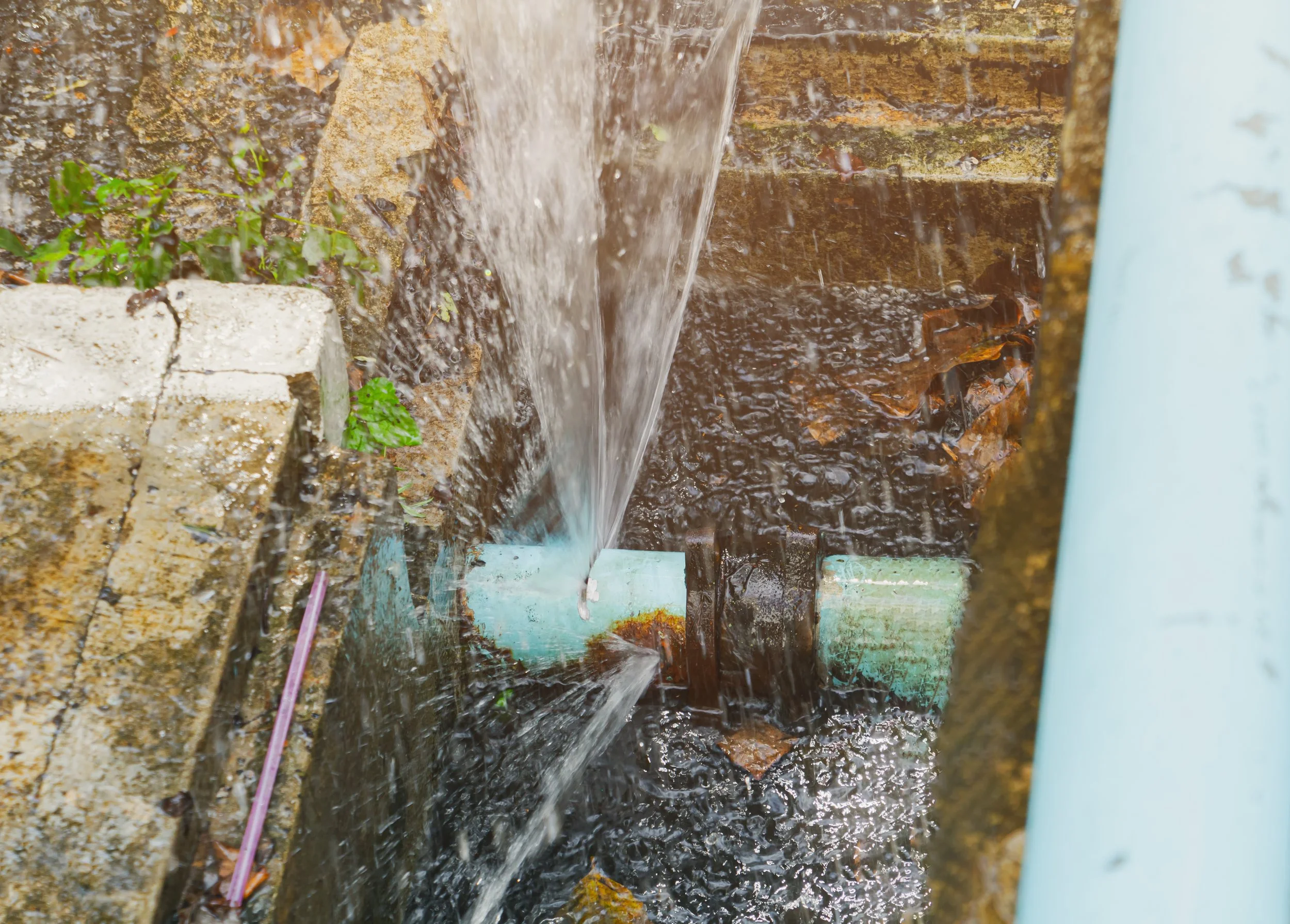In recent years, many communities across New York State discovered their drinking water sources are contaminated with harmful PFAS chemicals. PFAS are referred to as “forever chemicals” because they are very persistent, meaning they build up in our bodies and don’t break down in the environment. New York State has taken some important steps to address PFAS, however, new science indicates that we must do more in order to protect public health from this growing threat!
What is PFAS?
Per-and polyfluoroalkyl substances (PFAS) are a group of thousands of manufactured chemicals that have been used in industry and consumer products for many decades, due to their non-stick, grease-resistant and waterproof properties. PFAS is used in cookware, packaging, clothing, furniture, adhesives, paint, firefighting foam, artificial turf, and other products. According to the U.S. EPA, there are 3,500 industrial sites across New York State that may be handling or using PFAS chemicals.
PFAS Pollutes our Environment and Drinking Water
Due to widespread use of PFAS chemicals in numerous products and industries, PFAS chemicals have become ubiquitous in the environment, including our soil, air, and drinking water. Testing has revealed PFAS in water sources in hundreds of communities across New York State, from Western New York to Long Island.
PFAS Threatens our Health
Studies show that human exposure to PFAS is widespread and that nearly all people in the United States have some PFAS compounds in their blood. Exposure to PFAS can lead to higher rates of kidney and testicular cancer, higher cholesterol levels, thyroid problems, adverse developmental effects and decreased immune response in children, and other adverse health impacts.
EPA Adopts Strong National Drinking Water Standards, But is Now Moving to Roll them Back
In 2024, after establishing that there is no safe level of exposure to certain PFAS chemicals in drinking water, the U.S. EPA finalized a rule to establish the first nationwide enforceable limits on the amount of six highly toxic PFAS chemicals allowed in drinking water. For PFOA and PFOS, EPA adopted individual drinking water limits (known as Maximum Contaminant Levels or MCLs) of 4 parts per trillion (ppt) per chemical. This is much stronger than New York’s current drinking water standards for PFOA and PFOS, which were set at 10 ppt in 2020.
The EPA also established MCLs of 10 ppt for PFHXS, PFNA and Gen X; and a hazard index of 1 for mixtures containing two or more of PFHxS, PFNA, Gen X and PFBS (designed to address those chemicals’ combined effects as a mixture). While we want to ultimately eliminate PFAS in drinking water, EPA’s standards represent the strongest standards that are currently technically feasible.
In 2025, the EPA, under a new federal administration, indicated that they intend to roll the PFAS drinking water standards back. The EPA announced its intentions to delay implementation of its drinking water standards for PFOA and PFOS back an additional two years and to rescind and reconsider the drinking water standards for the four additional PFAS chemicals.
Peer-reviewed science has made clear that there is no safe level of exposure to PFAS in drinking water, and delays in taking action will put public health at risk to serious health impacts, including cancer. According to recent analysis by the Environmental Working Group, rolling back these standards would put at least 1.3 million New Yorkers, the majority of whom are on Long Island, at risk to higher levels of dangerous PFAS chemicals in their drinking water. CCE continues to advocate that the EPA moves forward with implementation of the drinking water standards it established in 2024.
It’s Time to Turn Off the Tap to PFAS!
As we make important progress to remove PFAS from our drinking water, it does not make sense to continue using more PFAS and allow more contamination to occur. New York must get serious about limiting further PFAS contamination by banning unnecessary uses of PFAS in products. New York has already enacted laws to limit PFAS in firefighting foam, food packaging, carpets, and apparel; however, there are numerous other products that continue to use PFAS unnecessarily. Learn more about our campaign to ban PFAS in a range of household products in New York State.
















